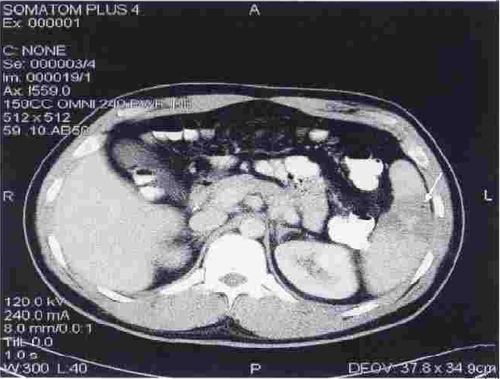The shift in management of adult solid organ injury from primarily operative to mostly nonoperative began in the late 1980s. For the last decade or so, we’ve been refining this management, figuring out failure criteria, the role of interventional radiology, and developing practice guidelines. We know we’ve been able to reduce the number of people that undergo operative management, with an acceptably low failure rate. But is there a financial impact as well?
Surgeons at the MedStar Hospital Center in Washington DC tapped into a huge hospital discharge database from 1994 to 2010. They focused on patients with admitting diagnoses of spleen or liver injury. They looked at relative costs compared to 1994 practice patterns (still quite a bit of operative management), hospital length of stay, and mortality risk.
Here are the factoids:
- Nearly 30,000 spleen injury records and 15,000 liver injury records were reviewed
- Nonop management of spleen injury increased from 38% to 67%, and for liver injury from 62% to 81%
- In-hospital cost of care decreased by over $8,000 for each patient over the study period
- Hospital length of stay decreased by about 2 days for each patient
- Mortality in high risk patients dropped significantly (from 64% to 18% for liver, 30% to 20% for spleen)
- Mortality in low risk patients remained unchanged (2-3%)
Bottom line: Yes, this study suffers from the usual pitfalls of massaging any large multi-institutional database. But what impresses me is that significant changes have been identified, despite huge variations in how nonoperative management is delivered at so many hospitals. As I have mentioned before, at my hospital we were able to show that just adhering to a standardized solid organ injury protocol squeezes yet another $1000 in costs out of each patient treated, on average. Time to adopt a protocol and adhere to it. Your hospital administrators will love you even more!
Related posts:
- Solid organ injury protocol
- Practical solid organ injury management tips
- Starting DVT prophylaxis after solid organ injury
Reference: The impact of solid organ injury management on the US healthcare system. J Trauma 77(2):310-314, 2014.


